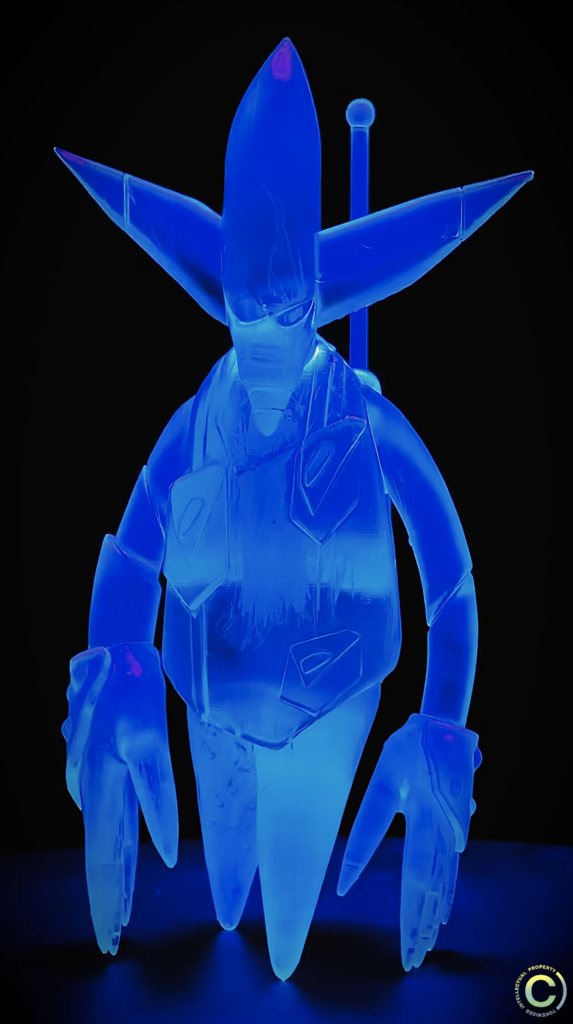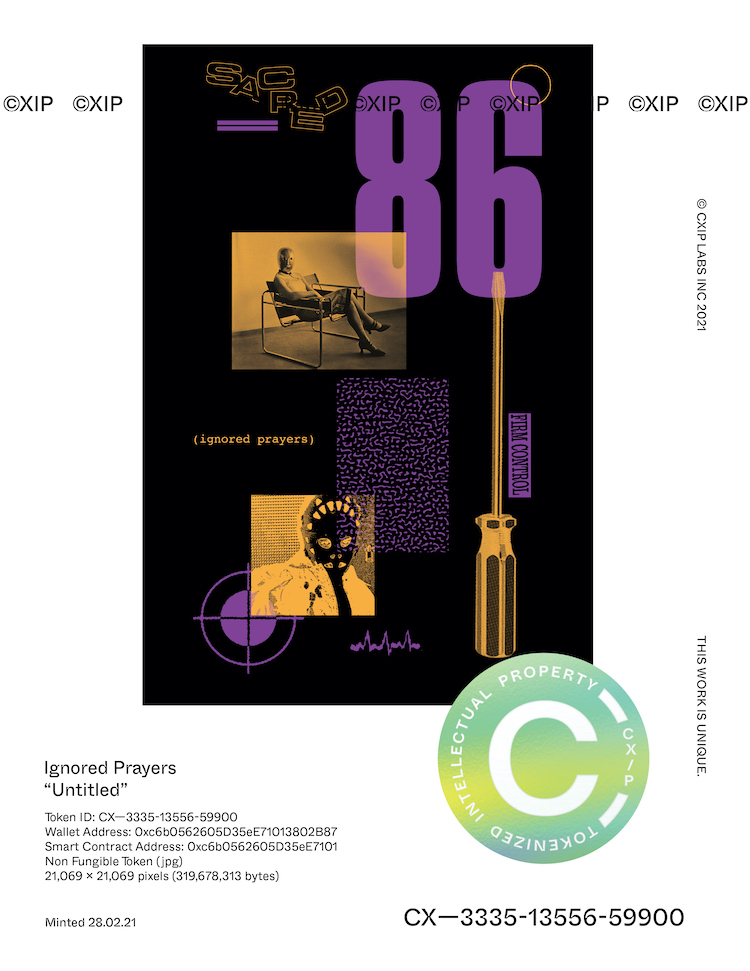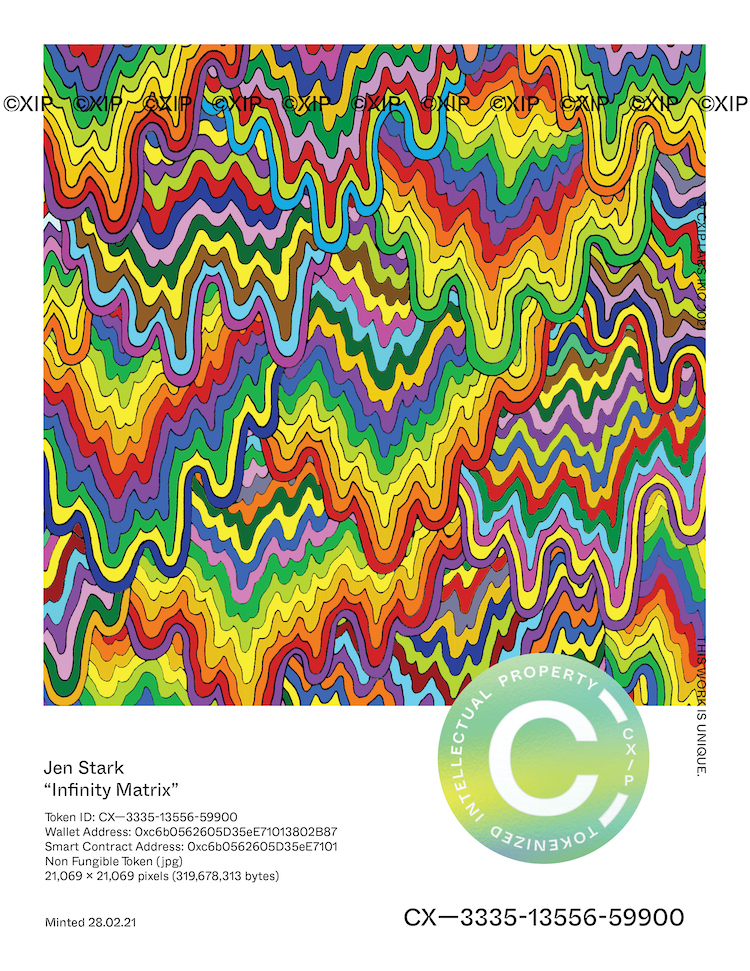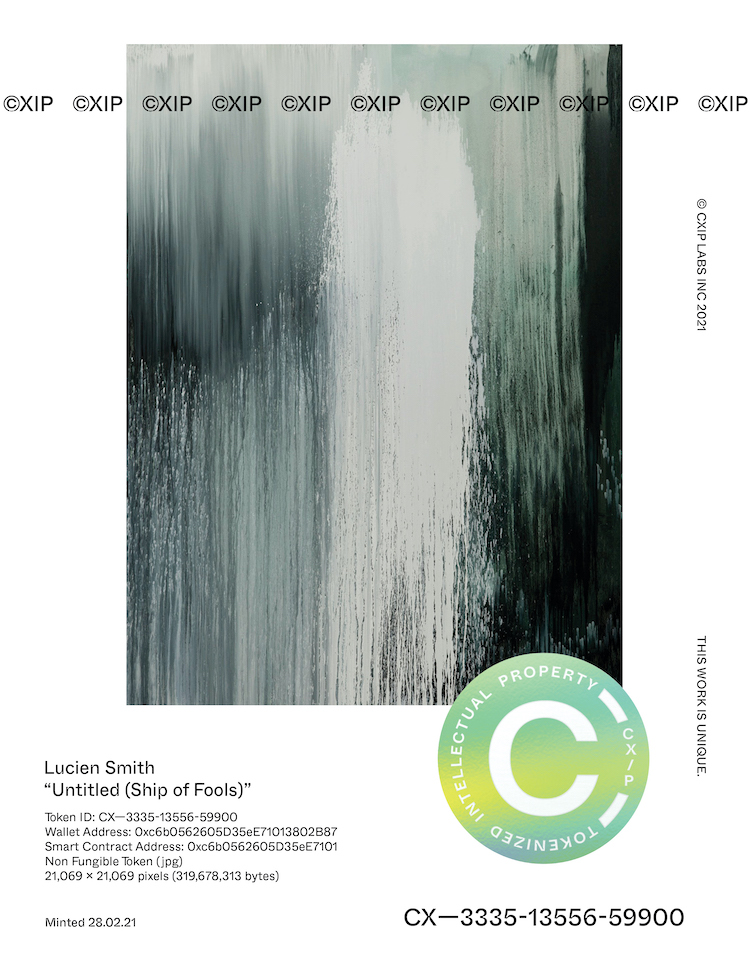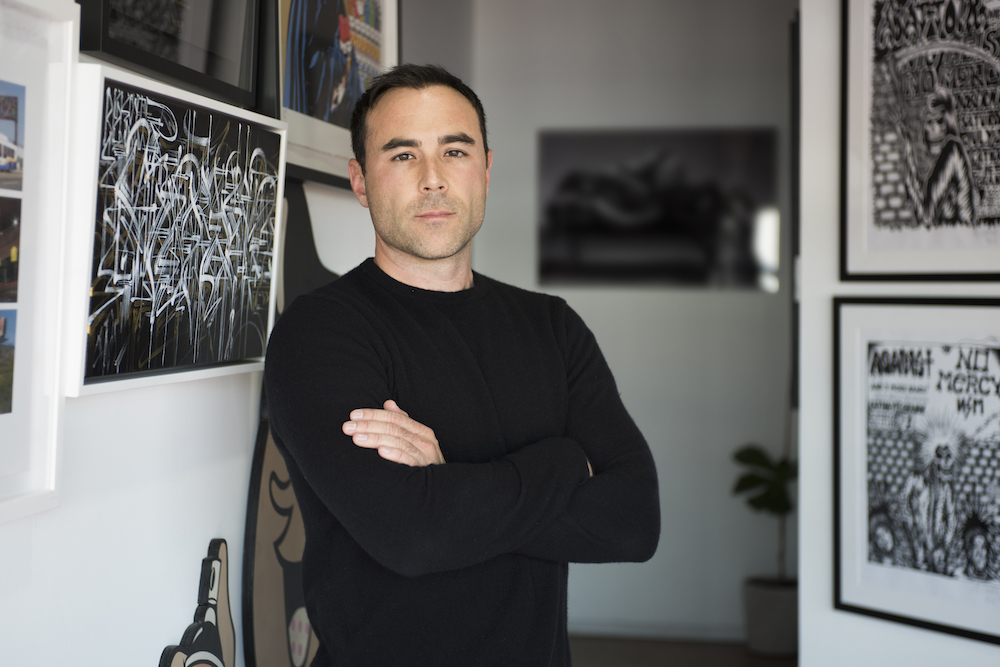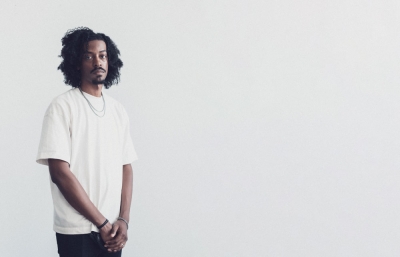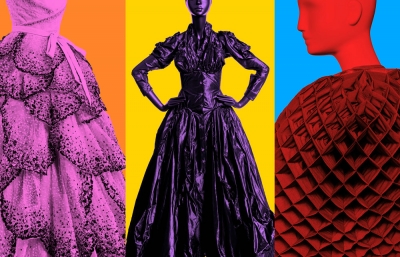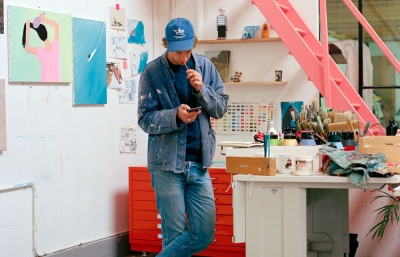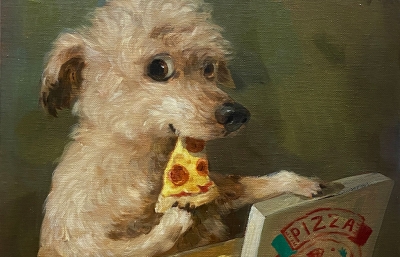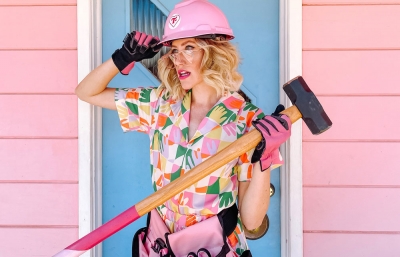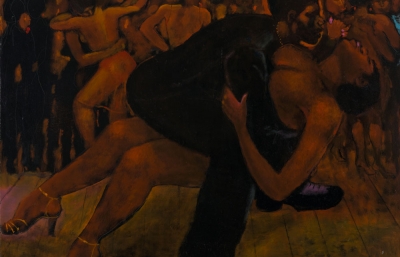In the transient world of street art, you are as likely to engage a defense attorney for criminal charges as you are a copyright lawyer for the infringement of rights. The evolving grey space holds the vandals, the activists, the populists and the opportunities, all engaged in a metronomic debate on what is criminal and what is just. Despite the angst, the art form has shape-shifted through public space, galleries, auctions and fairs and has arrived at the latest frontier: an expanding metaverse of new market extremes in the crypto realm of the Ethereum-based, non-fungible token, the NFT.
The recent shift in economies has catalysed a flood of artists and collectors alike to the Wild West of digital art. If you’ve been in the game long enough, you’ll feel a wave of familiar déjà vu watching NFT speculators mirror the “pump and dump” antics of street art’s heyday; and if you’re new, the seductive potential for growth and wealth can be intriguing. These new intangible spaces confront traditional notions of ownership and value by changing the context of our predetermined expectations. In these new realities, your collection will not fill a physical room with canvases or sculpture, but will be stored on a server as a link or jpeg. Reduced to data, stocks or bonds, how does one own anything in the digital world? More importantly, whether creator or a collector, how do you ensure it is protected?
In practice, there is a precedent for successful settlements of multi-million dollar suits for the destruction or attempted ownership of graffiti and street art in public space. Entertaining corporate defense strategies include the misguided argument that “illegal” actually means “free game” (H&M and Revok), “he said, she said”-style politics with image permissions (Mercedes and Detroit), or, with props to the creative team, the argument that an artist’s claim to copyright is akin to a killer’s right to a murder scene (Moschino and RIME). Physically or digitally, there is much confusion over who has rights to what, and too cavalier an attitude about the responsibility to find out.
Jeff Gluck is one of the most recognized legal representatives supporting global creatives, particularly those who have evolved from street art culture. With the development of CXIP, Jeff is getting creative with legislation to ensure that protective rights for artists exist in both realms, with a progressive new approach to the NFT minting of rights. We unpack some of the complexities and confusions around copyright with ephemeral art forms and explore the vulnerabilities around migrating artists moving their practice from paint to pixels.
Charlotte Pyatt: As one of the hot topics of the moment, what do artists need to watch out for when uploading work to the world of crypto collectables and NFT?
Jeff Gluck: My concern is that fake and unauthorized NFT artwork has been popping up, a scenario where someone can take a screenshot or image capture of someone else's work, mint it, and pass that off as their own work in one of the NFT art marketplaces. Ensuring that you have your copyrights registered is one way to combat this issue. 
For the avoidance of doubt, as copyright remains with the creator unless assigned, does this hold true for original works inside or outside of the studio?
You are correct. Any original work of authorship fixed to a tangible medium of expression is entitled to copyright protection. It is inherent the moment you finish your creation. There is an additional step you can (and should) take by registering your work with the copyright office.
In 2019, The Supreme Court ruled that artists must register their artwork with the U.S. Copyright Office in order to enforce their intellectual property rights and be entitled to enforceable benefits. That is why there is the added step of formal registration.
Do you think there is something about the culture of street art and graffiti that encourages a less professional approach to artists’ rights?
With street art, I do think some artists don't understand their rights, and that some corporations mistakenly believe that artwork outdoors is unprotected. When it comes to copyright protection, illegality can be irrelevant.
These mistakes have led to multi-million dollar settlements in favor of the artist. With such high profile cases on record, what do you think organizations are failing to learn?
I am always surprised by how often this happens. You would think companies would see these big headlines, and put in place better safeguards. Sometimes it can be traced back to lazy in-house designers who don't bother to learn the rules, and their company has to pay the price. Human error is hard to prevent and will always happen.
Unfortunately, the bigger the company, the worse the oversight usually is. Other times, it is malicious, and big companies think they can bully artists around. My job is to prevent that from happening. With each case that we have, and every lawsuit we file, corporations learn more and more with each time they suffer the consequences.
You are currently representing Futura against Northface on the collection FUTURELIGHT, the launch of which was supported by a 20 million dollar advertising campaign…
The similarities appear so obvious, with the logo and name together, it would be miraculous for that to have been an accident or mere coincidence. We hope they decide to do the right thing here. Futura is a legend.
You recently led on a suit against Volvo, calling into question the vague terms and conditions for social media platforms. With Instagram becoming the Pinterest for corporates seeking inspo, should we be demanding more from site regulators to better protect our artistic communities?
I don't think we should place the burden on Instagram or on artists. The burden is on companies to know better, and do better, when it comes to allegedly stealing work from artists without permission. Companies are smart enough to know that they can't just take images off Instagram and use them for their own commercial purposes. Every time a corporation steals from an artist, it is a lose/lose proposition all around.
The crypto movement is challenging our understanding of ownership, demonstrating that the ephemeral cannot only be owned, but can be collected. Unsurprisingly, we see the transient world of street art present, and already subject to abuse. Tell us about CXIP.
CXIP is the world's first NFT copyright registration platform. Artists use our site to register the copyrights for their work, and we mint those copyright registrations into NFTs, creating the most advanced intellectual rights management protocol. CXIP also creates the safest marketplace to buy and sell NFTs because every single NFT on our platform is 100% certified authentic.
We are very excited to have advisors like Darren Romanelli (DRx), Lucien Smith, Othelo Gervacio, ThankYouX, Roger Gastman, Casey Zoltan (Seventh Letter/Known Gallery), and a few others coming on board soon. 
Does this mean that you could mint two NFTs for each work?
That is exactly right. Artists could have one NFT for the artwork itself, and one for the underlying intellectual property rights. You could sell both, or just sell the artwork while still retaining your rights. Any artwork being registered on CXIP is certified by the artist as being original and legitimate. We are the StockX of NFT marketplaces. We certify every single work.
There is a conversation around the uncertain ecological impact of NFT. Do you have a perspective on this?
CXIP is developing solutions for these issues along with the community. There are promising layer two solutions deploying soon that have a lessened impact. It is also important to understand that many of the environmental concerns are misguided and not entirely accurate.
Any advice for artists struggling with copyright concerns?
My life has been dedicated to protecting artists and enforcing their rights. We have come a long way, but we still have a lot more work to do. Most importantly, whether you use CXIP or something else, please register your work with the copyright office. You have no legally enforceable rights without it.

